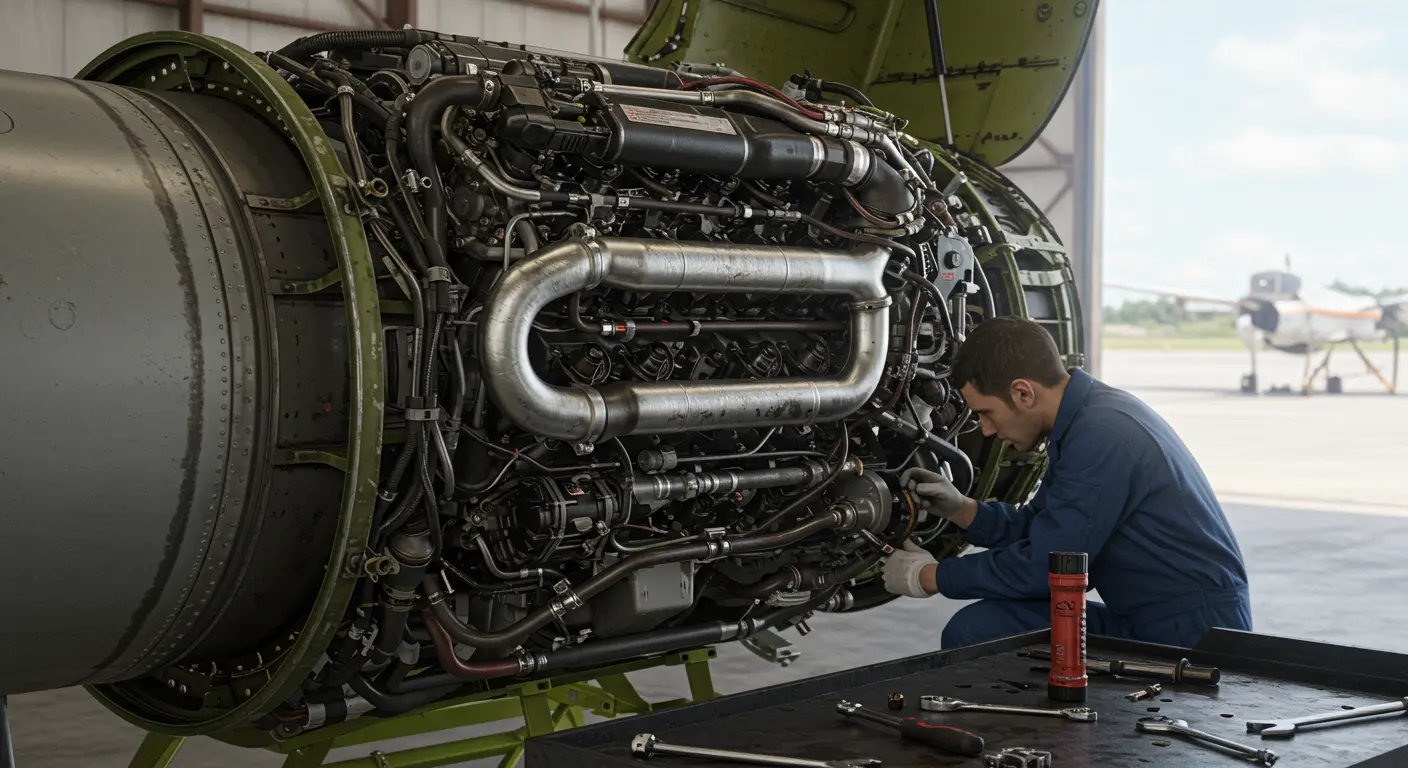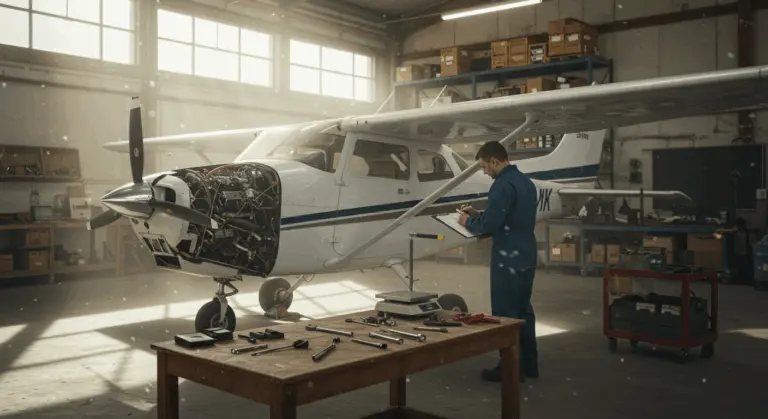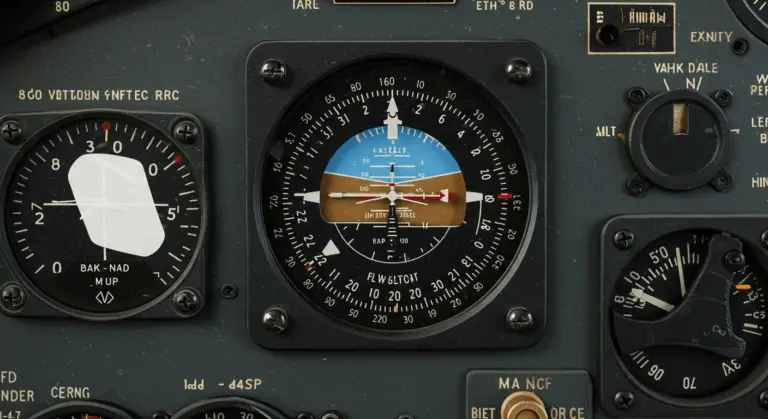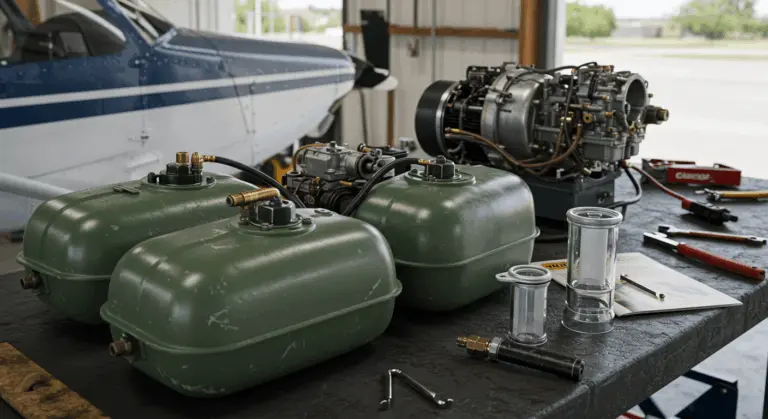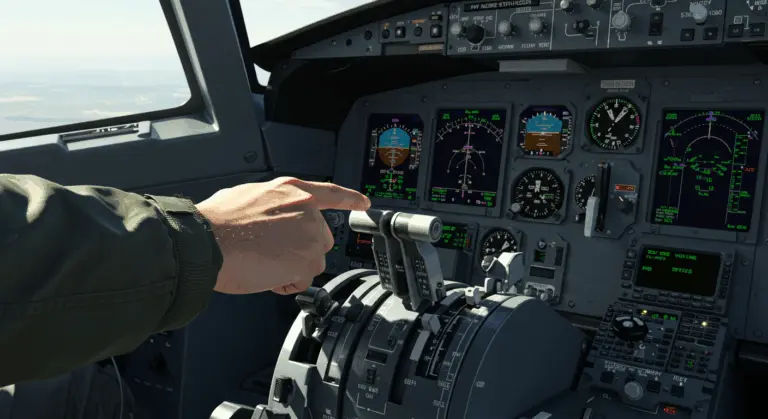Understanding Engine Fires – Causes, Prevention, and Consequences
What Causes Engine Fires?
Engine fires rank among aviation’s most perilous mechanical failures, arising from several critical factors that span both aircraft and automotive systems:
-
Aircraft Engine Failures: Loss of engine oil or uncontained failures where hot components ignite flammable materials.
-
Over-priming (Aircraft on Ground): Excess fuel introduced during startup ignites, a leading cause of ground fires.
-
Fuel System Leaks (Automotive): Pressurized fuel from damaged lines or seals contacts hot engine parts, representing the most common cause in cars.
-
Electrical System Failures: Sparks from short circuits or damaged wiring act as an ignition source.
-
Other Fluid Leaks: Oil or other flammable fluids contacting hot exhaust components.
Over-priming and Fuel Pooling
Over-priming is the leading cause of ground-based aircraft engine fires, manifesting when pilots introduce excessive fuel during the delicate startup sequence.
This surplus fuel pools in intake manifolds or cylinder chambers. The result? A dangerous mixture ready for ignition and rapid flame propagation.
The risk is higher in cold weather, as pilots may be tempted to over-prime, and is more common in aircraft with carburetor engines. Relative to their fuel-injected counterparts. Making matters worse, These blazes frequently erupt while ground crews and passengers remain dangerously close to the aircraft, transforming mechanical failure into immediate human peril.
Prevention requires strict adherence to aircraft operating procedures, particularly during frigid conditions. Crews must remain vigilant and prepared for instantaneous response throughout the startup phase. While contemporary aircraft feature sophisticated anti-priming safeguards, the hazard persists—especially in vintage or simplified aircraft configurations.
Maintenance Errors Leading to Fires
Maintenance oversights are a significant cause of engine fires, manifesting through several critical failure points:
-
Inadequate Inspections: Failure to spot early warnings like frayed wires, deteriorating seals, or cracks in components.
-
Improper Installation: Misaligned or incorrectly secured parts can cause friction, heat, or fluid leaks. For example, loose fuel line connections can leak onto hot surfaces.
-
Neglected Routine Maintenance: Skipping scheduled service allows wear-and-tear issues like oil leaks, clogged fuel filters, or degraded electrical insulation to become fire hazards.
-
Documentation Errors: Poorly recorded work can lead subsequent crews to miss critical issues, allowing small problems to escalate over time.
Fire-Resistant Materials in Aircraft
The aviation landscape changed significantly in 1985 when FAA requirements introduced advanced fire-resistant materials, improving aircraft design and raising safety standards considerably.
Today’s aircraft use these protective materials strategically placed throughout critical zones:
-
Engine and Nacelle: Fireproof bulkheads, specialized alloys (titanium, nickel-based super alloys), and ceramic matrix composites (CMCs) are used to contain fires and withstand temperatures over 2,000°F.
-
Fluid and Electrical Systems: Fuel and hydraulic lines use fire-resistant sleeves and self-extinguishing materials. Electrical wiring features low-smoke, zero-halogen (LSZH) insulation to prevent fire propagation.
-
Cabin Interiors: Seat cushions, wall panels, and other materials must meet strict flammability standards, designed to self-extinguish and produce minimal smoke.
This multi-layered defense works with advanced detection and suppression systems, resulting in significantly improved safety through superior fire containment and extended emergency response windows.
Modern aircraft engines demonstrate advanced materials engineering, incorporating specialized ceramic matrix composites (CMCs) capable of withstanding scorching temperatures beyond 2,200°F while preserving structural integrity. Engineers place these advanced materials throughout high-stress thermal zones: turbine blades, combustion chambers, and exhaust assemblies.
The fire protection philosophy goes beyond the engine to include material improvements throughout adjacent aircraft systems. For example, fuel lines now feature fluoropolymer linings that resist both thermal assault and chemical degradation. Hydraulic systems have adopted phosphate ester-based fluids with inherent self-extinguishing characteristics.
Cabin interior materials have also seen major improvements. Seat cushions, wall panels, and ceiling components must now satisfy stringent flammability benchmarks, demonstrating self-extinguishing capabilities within precise timeframes while generating minimal smoke and toxic emissions.
Engine Fire Detection Systems
Engine fire detection systems act as aviation’s early warning systems, delivering critical alerts about flames or excessive temperatures within engine compartments—enabling crews to mount immediate, life-saving responses.
Legacy systems, still operational on certain aircraft, rely on thermal switches that activate at predetermined temperatures, alongside thermocouples that harness heated metal properties to generate voltage signals.
Contemporary aircraft mainly use continuous-loop systems—sophisticated networks where temperature-sensitive elements run through the entire engine nacelle. This design eliminates dangerous blind spots while ensuring comprehensive thermal monitoring.
To combat false alarms, these systems incorporate dual-loop logic protocols. Multiple sensors must confirm a thermal anomaly before triggering warning sequences—a safeguard that prevents unnecessary emergency responses.
Advanced cockpit integration provides clear visual and audible alerts, accurately identifying fire locations. This clarity empowers flight crews to execute swift, targeted emergency responses.
Types of Detection Systems
Beyond continuous-loop systems, aviation employs diverse detection technologies, each offering unique advantages:
-
RF Analyzers: Monitor electromagnetic emissions from combustion.
-
Acoustic Sensors: Listen for the sound patterns produced by fires.
-
Optical Sensors: Detect specific light wavelengths from flames for rapid response.
-
Radar Systems: Penetrate smoke to detect thermal anomalies.
Yet continuous-loop detectors remain the standard in commercial aviation due to their proven reliability and comprehensive monitoring capabilities.
Progressive aircraft designs use hybrid approaches, combining multiple sensor technologies into redundant, multi-layered detection networks.
Pilot’s Operating Handbook (POH)
The Pilot’s Operating Handbook (POH) serves as aviation’s primary procedural guide, encompassing both fire prevention strategies and emergency response protocols tailored to specific aircraft configurations.
During emergencies, the POH delivers precise, manufacturer-validated checklists for engine fire scenarios. These detailed procedures cover throttle manipulations and suppression system activation—often formatted for rapid cockpit reference during high-stress situations.
For prevention, the handbook outlines optimal engine operation parameters, including correct fuel mixture configurations. It also provides comprehensive details about aircraft-specific fire detection and suppression systems, typically consolidated in Chapter 7.
Pilots must demonstrate complete POH mastery throughout training and certification processes. This includes practicing fire scenarios in sophisticated simulators—ensuring rapid, effective responses when real emergencies arise.
The POH serves as the primary reference for aircraft-specific systems, encompassing fire detection and suppression equipment specifications. Accessible as complimentary PDF downloads through resources like Red Sky Ventures, this document contains manufacturer-defined operating parameters that help pilots identify potential fire hazards before escalation occurs.
Aviation authorities, including the FAA, extensively reference POH materials in training documents such as the Airplane Flying Handbook (FAA-H-8083-3B). This emphasis underscores the handbook’s critical importance across routine operations and emergency scenarios alike.
The POH works together with the Pilot’s Handbook of Aeronautical Knowledge (PEAK), which provides broader theoretical foundations about aviation systems and emergency management. Together, these resources create a comprehensive knowledge framework that empowers pilots to prevent, identify, and respond to engine fire situations with confidence and precision.
Historical Incidents of Engine Fires
Landmark aviation incidents have driven major safety improvements throughout the industry:
-
Swissair Flight 111 (1998): An in-flight fire, likely from electrical wiring, led to a crash and prompted comprehensive reviews of wiring and insulation standards.
-
Qantas Flight 32 (2010): A catastrophic uncontained engine failure on an Airbus A380 led to design modifications and new inspection protocols for its Rolls-Royce Trent 900 engines.
-
American Airlines Flight 383 (2016): An uncontained engine failure on a Boeing 767 during takeoff resulted in a severe fire, but the successful evacuation highlighted the effectiveness of modern detection and containment systems.
These pivotal incidents, along with countless others, have provided important lessons that now inform modern certification requirements, maintenance protocols, and emergency procedures. This has created a strong safety framework built on experience and continuous improvement.

